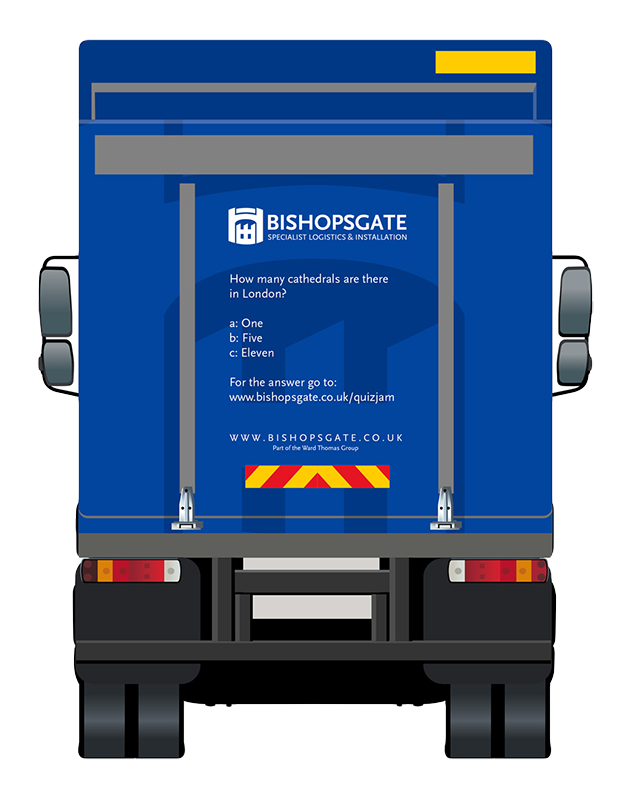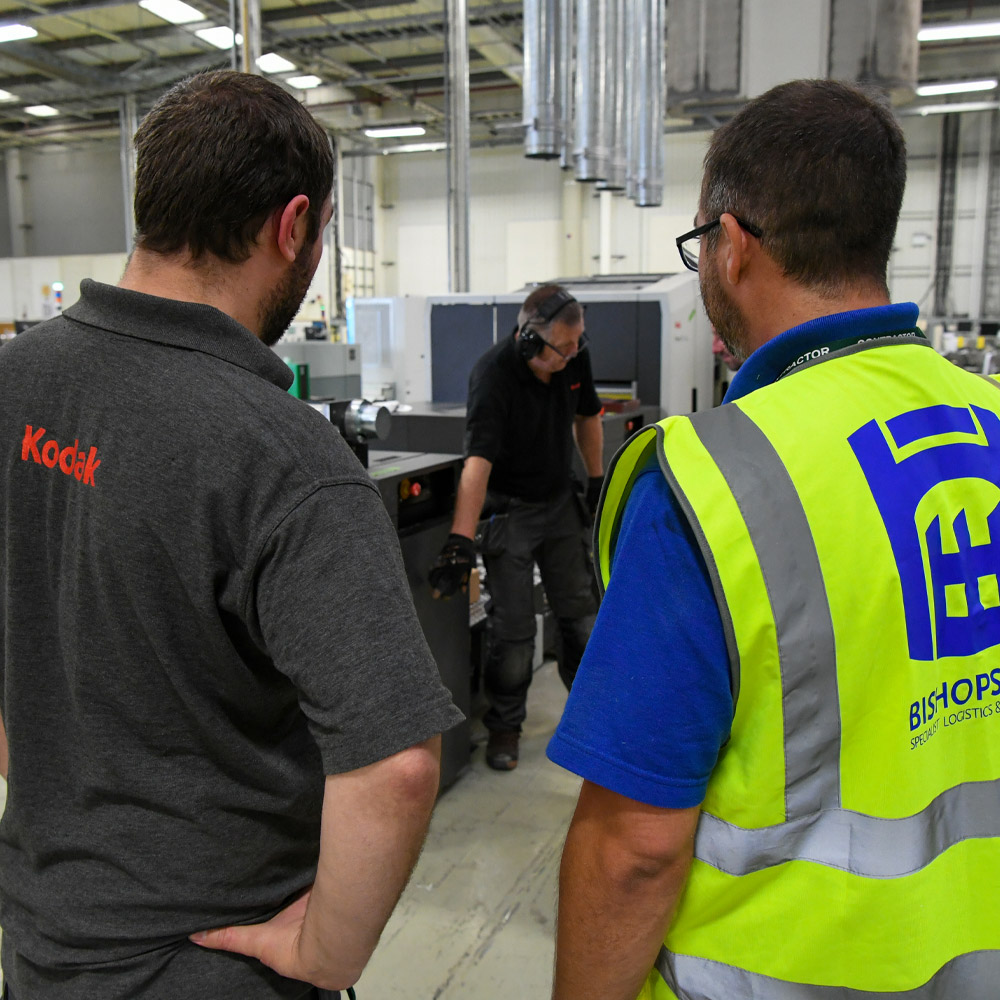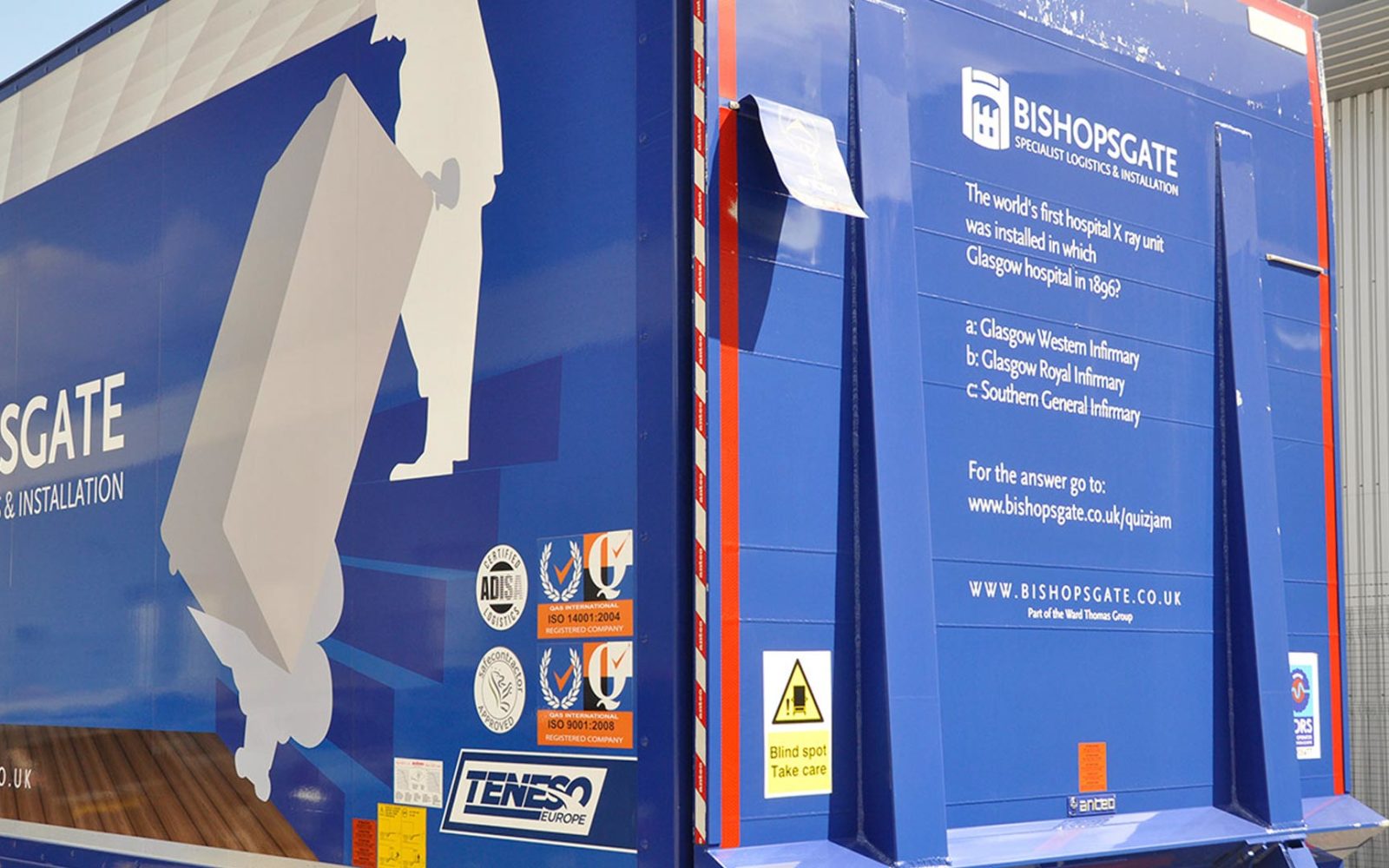Look out for the questions on the back of our trucks. Here you will find the answers if you ever got stumped whilst in a jam on the motorway.



Look out for the questions on the back of our trucks. Here you will find the answers if you ever got stumped whilst in a jam on the motorway.

